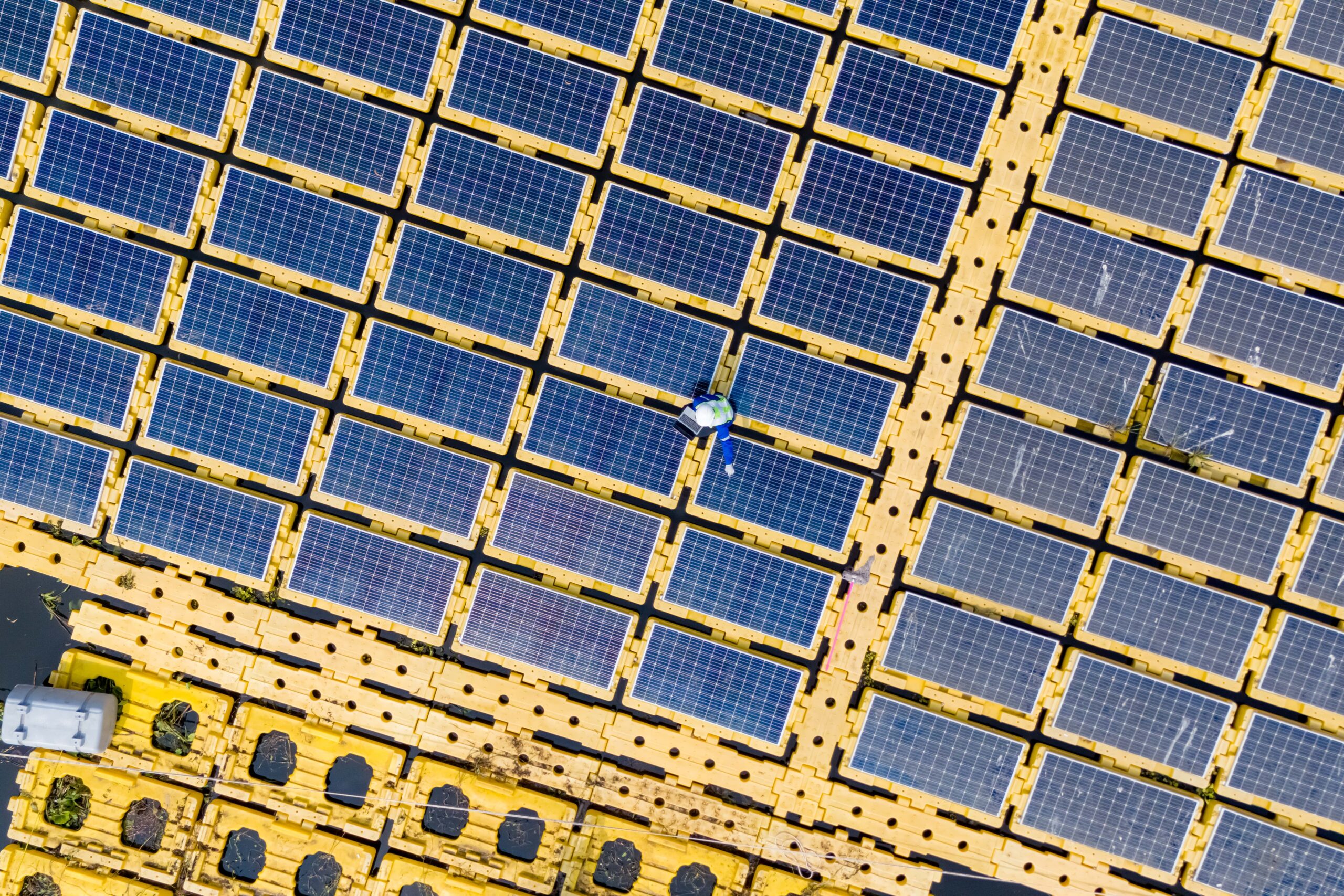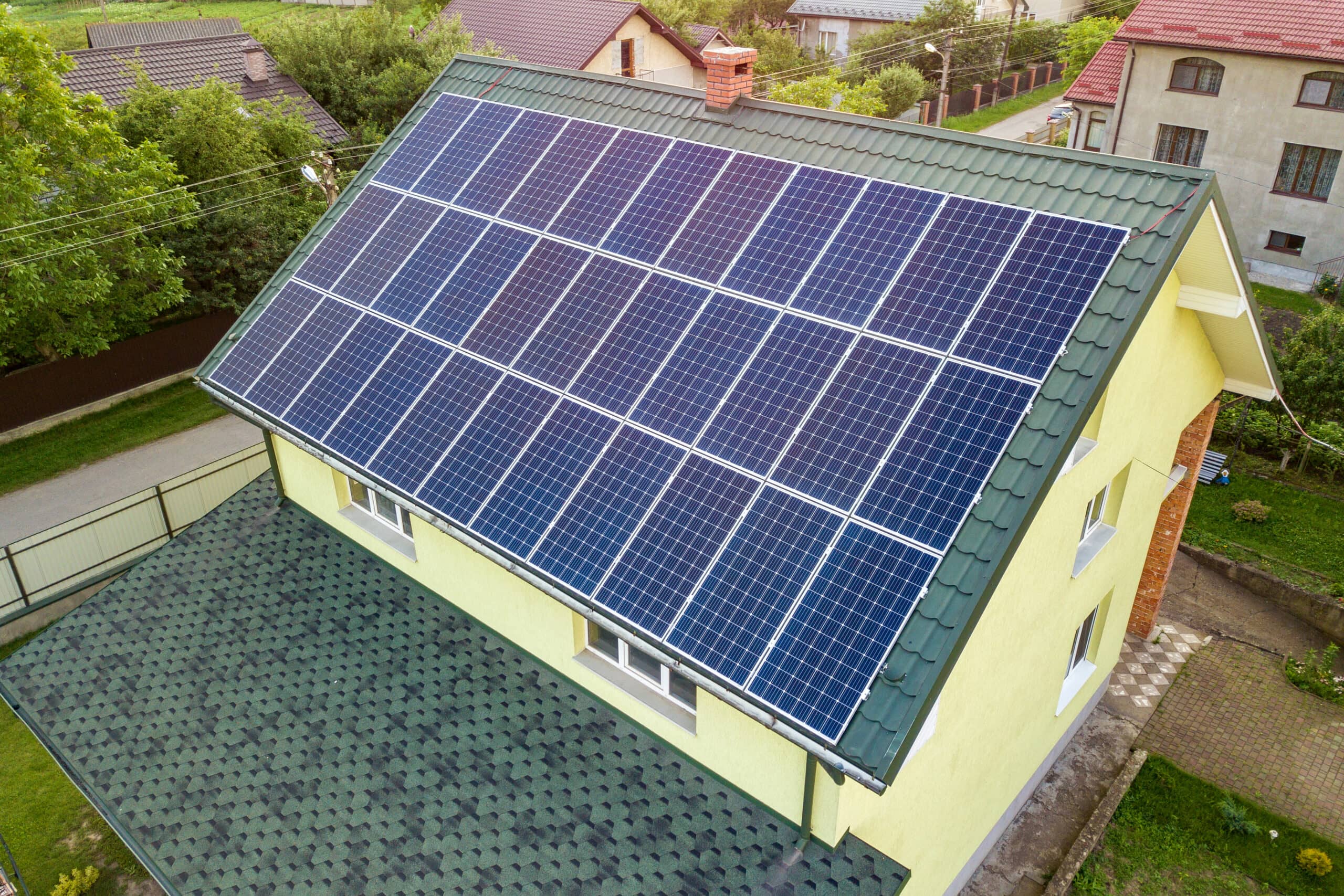In today’s energy landscape, two predominant energy sources stand out: solar energy and traditional energy derived from fossil fuels, natural gas, and coal. Understanding the cost implications of these energy sources is crucial as we navigate the complexities of energy consumption. This article delves into a comparative analysis of the long-term costs associated with solar energy compared to traditional energy sources. By examining future cost projections and exploring how solar energy can serve as a solution to escalating energy expenses, we aim to shed light on the economic aspects of our energy choices.
When considering solar energy, the initial investment includes the cost of solar panels, inverters, and installation. Solar panels vary in price based on their efficiency and quality, with higher-efficiency panels costing more. The price of solar panels has decreased significantly over the past decade, driven by advancements in manufacturing processes, Solar rebates, incentives and increased market competition. Additionally, inverters are essential for converting solar energy into usable electricity. It’s crucial to factor in installation costs, which can vary based on the size of the system and any additional requirements.
Advantages of Solar Energy
One of the advantages of solar energy is its minimal maintenance requirements. Solar panels are durable and have a long lifespan, requiring little or no maintainace. The longevity and durability of solar systems contribute to their cost-effectiveness over time as they continue to produce clean energy with minimal operational costs.
Calculating the cost of energy production involves determining the cost per kilowatt-hour (kWh) generated over the system’s lifetime. This calculation considers the system’s initial investment, maintenance costs, and energy production capacity. With advancements in solar technology and decreasing cost trends, the cost per kWh of solar energy has steadily decreased, making it a competitive and sustainable option for energy production.
Traditional energy sources like fossil fuels require significant infrastructure costs for power plants and distribution networks. Building and maintaining these infrastructures contribute to the initial investment cost in conventional energy production. There are hidden environmental and health costs associated with traditional energy sources, such as air pollution and greenhouse gas emissions, which can have long-term economic implications.
Traditional energy sources’ maintenance and operational costs involve a high maintenance cost for power plants and grid infrastructure. Power plants powered by fossil fuels require regular maintenance to ensure efficient operation. Moreover, the volatility of fuel costs, including oil, coal, and natural gas, can impact the overall operational expenses of traditional energy production.
Calculating the cost of energy production for traditional sources encompasses various factors, including extraction, transportation, and processing costs of fossil fuels. The cost per kilowatt-hour (kWh) generated includes not only the direct costs of fuel but also the indirect costs associated with regulatory compliance and environmental impact mitigation. Meeting regulatory standards and addressing ecological concerns add to the overall cost of energy production from traditional sources.
When comparing the total cost of ownership between solar and traditional energy sources, it’s essential to consider the lifetime costs. Solar energy systems typically have higher upfront costs but lower maintenance expenses than traditional energy sources. Calculating payback periods and return on investment (ROI) for solar installations helps understand the financial benefits over the system’s lifespan.
Looking ahead, solar technology costs are expected to continue decreasing as advancements in technology and manufacturing processes drive efficiencies. On the other hand, traditional energy costs are projected to rise due to resource depletion and stricter environmental regulations. Understanding these trends is crucial for long-term financial planning and decision-making.
The shift towards solar energy can significantly impact consumer energy bills over time. While the initial investment in solar may be higher, the long-term savings potential is substantial due to reduced reliance on costly traditional energy sources. Consumers can benefit from lower energy bills with solar installations.
By investing in solar energy, individuals and businesses can reduce their reliance on conventional energy sources, enhancing energy independence. Self-generation through solar panels stabilizes energy costs, shielding consumers from fluctuations in traditional energy prices and geopolitical factors that impact energy markets.
Solar energy is vital in lowering carbon footprint and supporting sustainability goals. The transition to solar power reduces greenhouse gas emissions, mitigates climate change, and fosters environmental stewardship. Additionally, embracing solar energy aligns with positive public perception and demonstrates corporate social responsibility, enhancing the reputation of individuals and organizations.
Advancements in energy storage technologies, such as batteries, complement solar installations by enabling efficient energy storage for later use, even when the sun isn’t shining. Moreover, continuous improvements in solar panel efficiency enhance energy production capabilities, making solar energy more cost-effective and accessible. Integrating smart grids and home automation systems further optimizes energy usage, allowing for better management and control of energy consumption. Smart grids can dynamically balance supply and demand, reduce energy wastage, and enhance the overall efficiency of the energy system.
By leveraging these aspects of solar energy, individuals and businesses can mitigate future energy cost increases and contribute to environmental sustainability and technological progress.
Studies have shown that homes with solar panels tend to have higher property values. In addition to the long-term financial savings on electricity bills, homeowners can potentially earn money by selling excess energy back to the grid through net metering programs. This dual benefit of financial savings and increased property values makes residential solar installations an attractive investment.
Numerous businesses have realized significant cost savings by incorporating solar energy into their operations. For example, a manufacturing plant in Germany reduced its operational expenses by a substantial margin after installing a solar array on its premises. Businesses can hedge against rising energy costs and enhance their bottom line by generating their electricity.
The development of large-scale solar farms not only contributes to renewable energy generation but also positively impacts local economies. In regions like Nevada, establishing solar farms has created job opportunities, attracted investments, and boosted economic growth. Furthermore, communities hosting solar projects often benefit from increased tax revenues and infrastructure development, fostering sustainable development.
As we consider both financial and environmental aspects, comparing solar energy to traditional energy costs reveals an important story. In this final section, let’s highlight the key points and emphasize the importance of moving toward sustainable energy solutions, especially solar power.
Solar energy offers long-term cost savings compared to traditional energy sources like fossil fuels. While the initial investment in solar panels may be higher, the operational costs of solar energy are significantly lower over time. The declining costs of solar technology and the potential for financial incentives make solar power an increasingly attractive option for residential and commercial applications.
Solar energy provides financial benefits through reduced electricity bills and potential earnings and contributes to environmental sustainability by reducing carbon emissions and reliance on non-renewable resources. The ecological advantages of solar energy include mitigating climate change, improving air quality, and promoting energy independence.
Transitioning to sustainable energy sources like solar power is crucial for mitigating future cost increases, reducing environmental impact, and achieving global environmental goals. By embracing renewable energy technologies, individuals, businesses, and governments can play a significant role in shaping a more sustainable and resilient future for future generations. By investing in solar energy now, we secure a cleaner and more cost-effective energy future and pave the way for technological innovations and sustainable development.
The shift towards solar energy offers economic benefits and represents a vital step towards a greener and more sustainable future.




